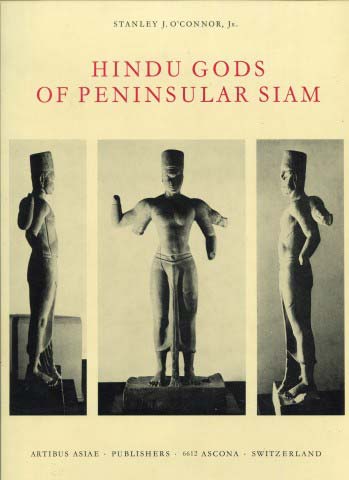-

Argentina
-

Australia
-

Austria
-

Bangladesh
-

Belgium
-

Bhutan
-

Brazil
-

Bulgaria
-

Cambodia
-

Canada
-

China
-

Croatia
-

Czechia
-

Denmark
-

Estonia
-

Finland
-

France
-

Germany
-

Greece
-

Hong Kong
-

Hungary
-

India
-

Indonesia
-

Iran (Islamic Republic of)
-

Ireland
-

Israel
-

Italy
-

Japan
-

Lao People's Democratic Republic
-

Luxembourg
-

Malaysia
-

Mexico
-

Morocco
-

Myanmar
-

Netherlands
-

New Zealand
-

Nigeria
-

Norway
-

Oman
-

Pakistan
-

Philippines
-

Poland
-

Portugal
-

Qatar
-

Republic of Korea
-

Romania
-

Russian Federation
-

Serbia
-

Singapore
-

Slovakia
-

Slovenia
-

South Africa
-

Spain
-

Sri Lanka
-

Sweden
-

Switzerland
-

Taiwan
-

Thailand
-

Turkey
-

United Arab Emirates
-

United Kingdom
-

United States of America
-

Vietnam
Hindu Gods of Peninsular Siam
Conflict and Terrorism in Southern Thailand
Matahari
Hindu Gods of Peninsular Siam
The sea-flanked strip of land that is now Peninsular Siam is impacted with the débris of history. Rich in valuable minerals, and strategically located across the sea lanes between India and China, it was the seat of several of the earliest city-states of Southeast Asia. Later on it was part of the Malay maritime empire of Srivijaya, and later still, in the 13th century, it entered the orbit of Siam. While historical geographers have amassed a body of texts that show the vital role of the isthmus in early Asian trade, its art has received relatively little systematic study. In this book Professor O’Connor breaks new ground. After providing a general introduction to the art history of the isthmian tract, he discusses in detail a number of the most important statues of Hindu gods discovered there, several of which have not been published previously. By studying the stylistic development of this art, and comparing it with examples from India and Cambodia, he reaches new conclusions regarding its chronology and demonstrates the high level of cultural achievement of the ancient isthmian kingdoms. Three isthmian statues of Visnu, because of their analogies with images excavated in India in a 4th-century context, now appear to be the earliest surviving representations of the god in Southeast Asia. Sculpture in the service of the Hindu religions flourished on the isthmus from the 6th to the 8th century, and there is evidence of close artistic exchanges around the Gulf of Siam as well as with India. From the 9th century on, the bulk of patronage shifted to Mahayana Buddhism, which is thought to have been the state religion of Srivijaya. But statues of Hindu gods remained a feature of isthmian life until the 11th century and later. Some of them are so closely related to Cola art that the author thinks they were either imported from South India or else produced by South Indian sculptors working in the isthmus.
 Standard Delivery
Standard Delivery
10 - 14 days
USD$ -
| PUBLISHER: | |
| ISBN: | |
| AUTHOR | O'Connor, Stanley J. |
| RELEASED | 2006-03-18 |
| Ascona 1972, | |
| WL CODE | I 710 |
| SIZE | 92 pp., 16 pp. illus., 240 x 315 mm |
| BOOK WEIGHT | 1.060 Kg |
| PACKING WEIGHT | 0.200 Kg |
RECOMMENDED CATEGORIES
OTHER BOOKS
Other books you might be interested in.








 Books by Category
Books by Category Back
Back
 ADD TO CART
ADD TO CART






